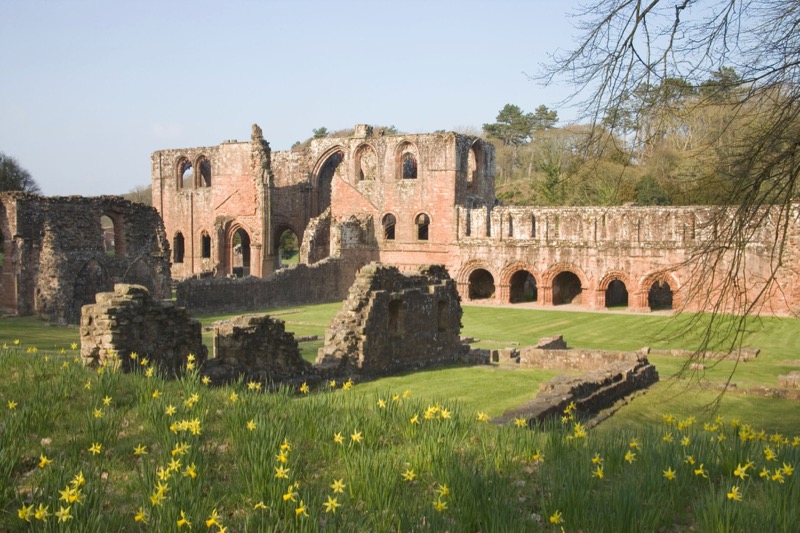A previously unseen document detailing Henry VIII’s destruction of one of England’s major monasteries has been unearthed.
Lost for more than 500 years, it was uncovered in the National Archives by Dr Michael Carter, senior properties historian at English Heritage and a contributor to The Tablet.
The document describes how Furness Abbey, one of England’s leading monastic houses, was dissolved in 1537.
Furness was the first of the “greater monasteries” in England – those with more than 12 members and £200 pounds in income per annum – to be wound up during the Reformation.
Estimated in 1534 to have an annual income of £805, Furness was the wealthiest monastery in the region and the second richest Cistercian abbey in England.
This financial power was reflected in the political significance of the abbey, which was an important base of support for the Pilgrimage of Grace, a revolt against the king’s religious reforms in 1536.
In the aftermath of the Pilgrimage, several monastic supporters of the revolt were arrested and some, like Abbot John Paslew of Whalley, executed. On being summoned to meet with the King’s commander, the earl of Sussex, the then Abbot of Furness, Roger Pyle, agreed to the Abbey’s surrender on 5 April.
Dr Carter’s discovery of the financial records detailing the suppression fills in the gaps of a tumultuous period of English history. The document demonstrates that the debt-ridden monks of Furness, 30 in number, bargained with the commissioners for a better deal, eventually being paid £2 each to leave quietly, and that liturgical instruments cast in precious metal were suspiciously scarce.
The speedy suppression of the monastery, with buildings destroyed and inhabitants dispersed within a matter of weeks, was to stand as a prototype for the dissolution across England.
Contrary to popular assumptions, the dissolution of Furness Abbey was peaceful, the product of negotiation, and had support – of a kind – locally, with “the men of Kendal” buying one of the abbey’s bells for £80, then a significant sum of money.
Nearly £800 was made by the commissioners over the course of the suppression - but only £367 remained after the costs of the process were accounted for. The finances of the enterprise were further undermined by the difficulty of finding a buyer for was was notionally one of the most valuable elements of the Abbey, the building’s lead. The destruction of other monasteries had created a glut in the market.



 Loading ...
Loading ...